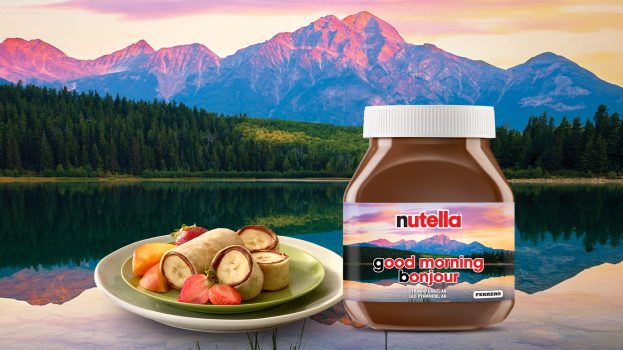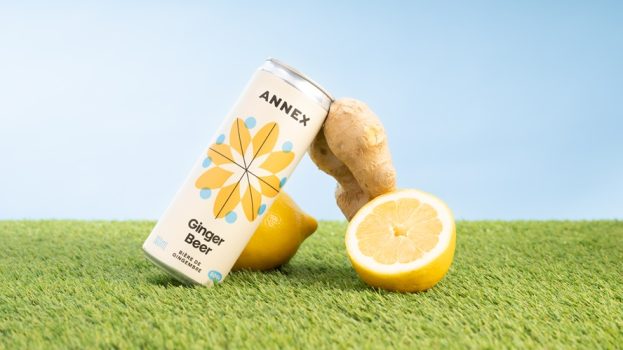With a multi-million dollar investment in product innovation, Coca-Cola has so far seen its big cash infusion pay off in the form of little bottles.
In March, the beverage giant announced the creation of miniature 250ml bottles. Targeting Gen Z and millennials, the Mini Coke, Coca-Cola Zero Sugar, Diet Coke, and Sprite bottles will be sold in convenience stores and gas stations, as well as select food service outlets. A slightly larger value pack (300 ml sold in packs of eight) will be available in grocery stores, catering more to the at-home family market.
“We know that teens are looking for fun package sizes and affordability,” according to Carolyn Harty, group director for sparkling brands at Coca-Cola Canada, adding that its research showed that on-the-go consumers are also looking for resealability as a key product feature.
During the bottling process, maintaining carbonation can be a challenge with smaller bottles like the Mini. To address this concern, the company developed an interior FreshSafe special barrier coating, which also has the added benefit of increasing the product’s shelf life by up to four months. (The normal shelf life of a Coca-Cola PET bottle can vary from 10 to 17 weeks, depending on the size of the bottle and the conditions within which it is stored.)
The new packaging is part of Coca-Cola’s broader expansion plans, as it aims to introduce 20 new beverages across the company’s portfolio, including low and no-calorie drinks, as well as soda water beverages, this year alone.
Harty says that, in addition to innovative packaging, there has been an increasing consumer demand for different types of beverages, particularly as family households grow more health-conscious. “Mom and dads are looking for more control over portion sizes and sugar intake, so the [100 calorie] Mini bottle satisfies that desire.”
Coca-Cola’s pivot to meet consumer demands for what are perceived to be healthier offerings is part of a broader industry trend.
“The beverage market is under intense scrutiny,” says associate marketing professor Markus Giesler, Schulich School of Business, York University, noting that the changes reflect media discussions and policy moves around making the marketplace healthier for consumers, including adding sugary drink taxes and health warnings.
In May, the brand is marketing the new Mini bottles through POS displays, TV, digital (see two examples below), and OOH aimed at teens and emphasizing its 99-cent price point. Perennial worked on the packaging, while The Hive handled creative, Carat is leading media planning, and Hill & Knowlton is handling PR.
























